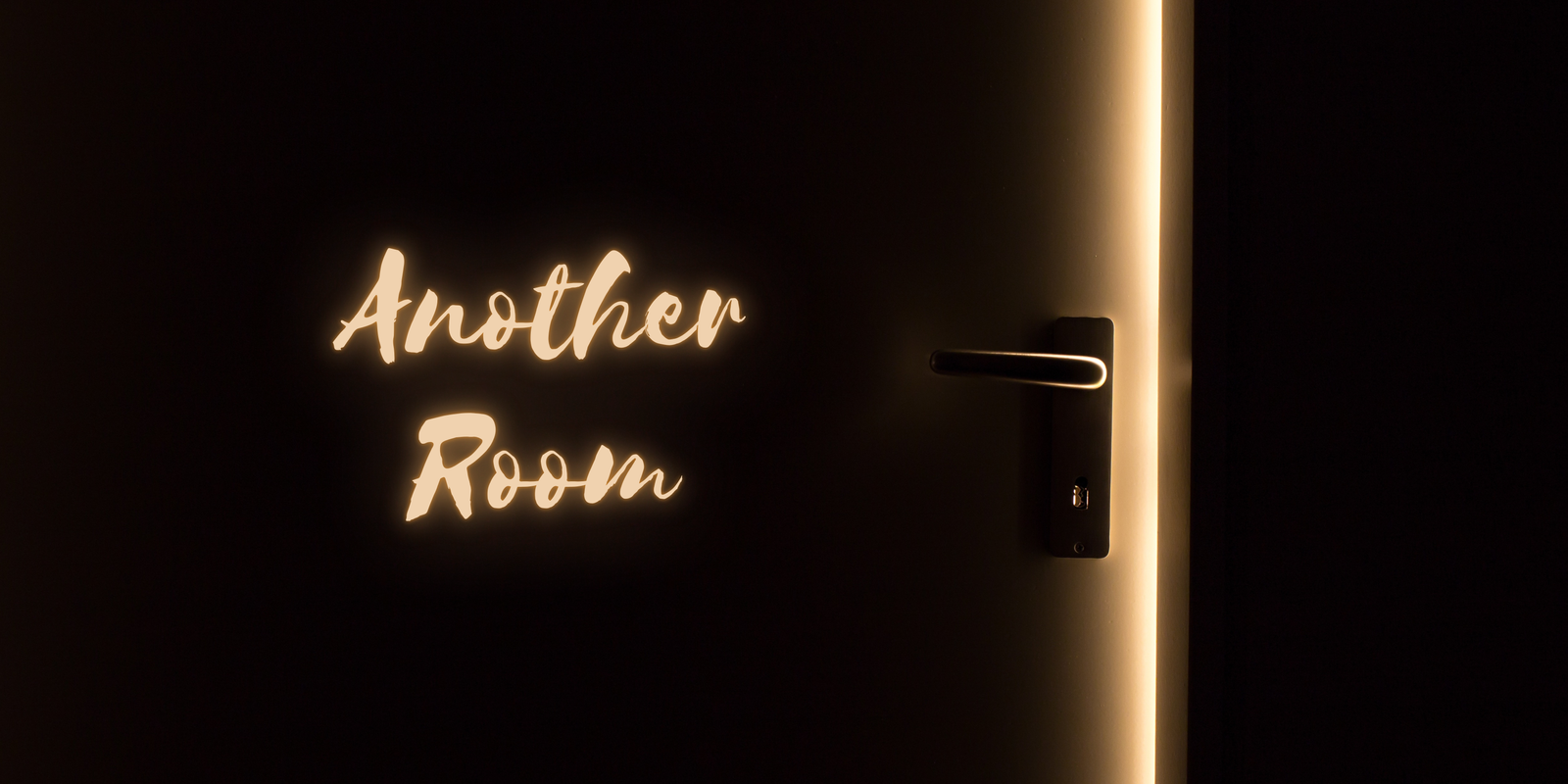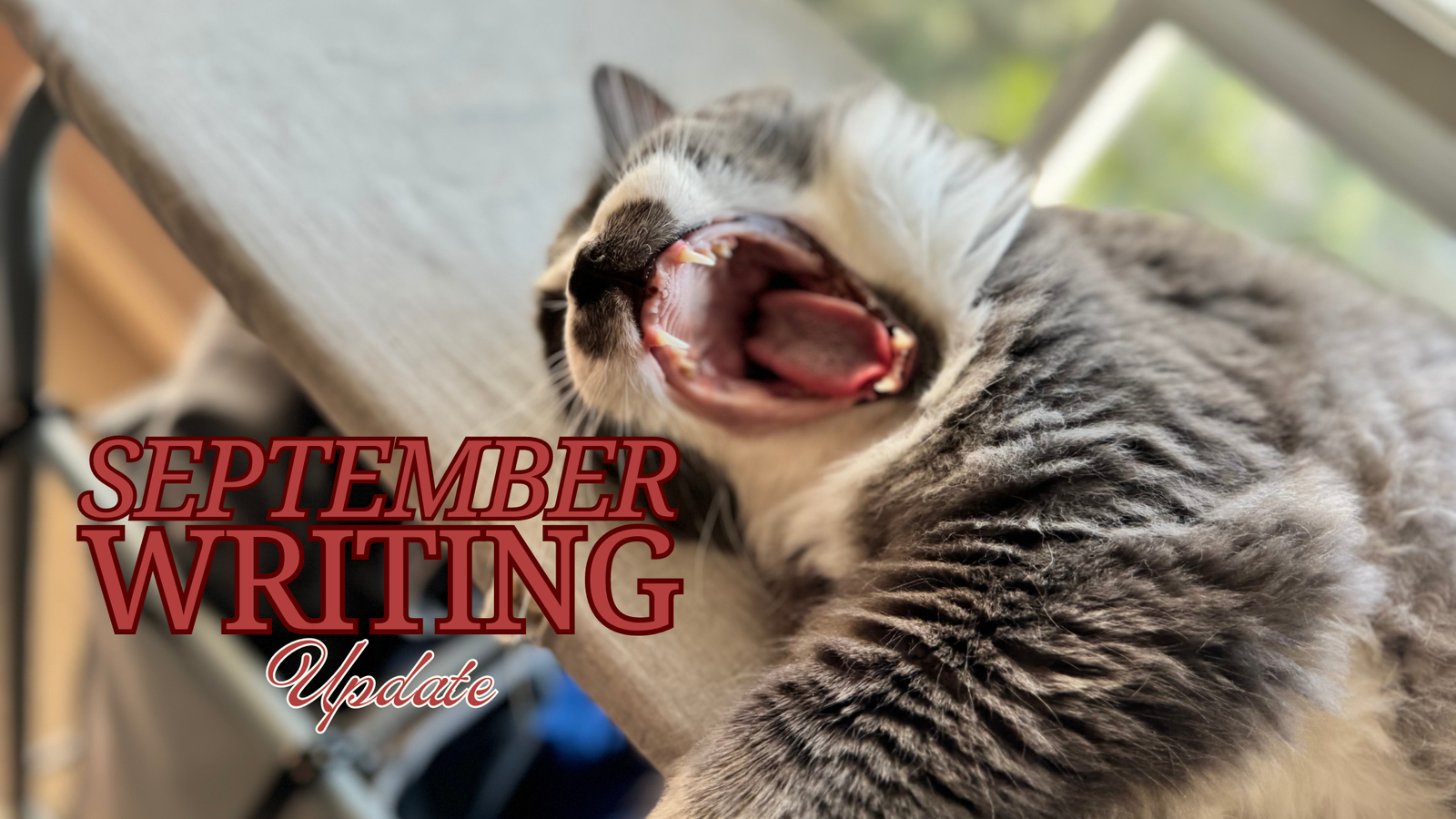 Apart from the odd exception, I’ve been finding that I’ve been enjoying the plays in the Babs Asper Theatre less, and the shows in the Azrieli Studio more. What I mean, is that the English theatre shows taking place on the larger stage have been grander productions, and that might be starting to bore me. Although I do enjoy elaborate sets, ingenious lighting, and creative costume choices, these larger scale plays can sometimes get a little lackluster. When watching an entire theatre season, some of the plays don’t seem all that different in their execution when I look back on them. It’s the smaller productions that have showcased a different level of creativity that stick out in my memory. And that’s not to say the larger productions over the past couple of seasons haven’t been good plays. Personally, I’ve just preferred some of the smaller productions, like those in the more intimate Azrieli studio.
Apart from the odd exception, I’ve been finding that I’ve been enjoying the plays in the Babs Asper Theatre less, and the shows in the Azrieli Studio more. What I mean, is that the English theatre shows taking place on the larger stage have been grander productions, and that might be starting to bore me. Although I do enjoy elaborate sets, ingenious lighting, and creative costume choices, these larger scale plays can sometimes get a little lackluster. When watching an entire theatre season, some of the plays don’t seem all that different in their execution when I look back on them. It’s the smaller productions that have showcased a different level of creativity that stick out in my memory. And that’s not to say the larger productions over the past couple of seasons haven’t been good plays. Personally, I’ve just preferred some of the smaller productions, like those in the more intimate Azrieli studio.
For the smaller, “simpler” productions, there is often less extravagance and more focus on the fine, creative details, so I’ve been more impressed with these kinds of shows. Trace was one of those small-scale productions that really impressed me. This one man show had no set and barely any props, so all eyes were on the actor. In fact, Jeff Ho used his own costume instead of props for a portion of the play. As he stripped away the fluff and fabrications within the story, revealing the hidden truths about his family, he stripped away pieces of his suit to use as props for the final, moving moments. The lighting was simple, yet effective, and the AV display on the back wall was used only when necessary. But although this play did not have flashy extras, it did have two pianos.
At first, when I saw that the play was written, performed and composed by Jeff Ho, I thought that maybe this would be some sort of musical, or that there would perhaps be songs of some sort. But the use of the pianos in this play was much more unique and sophisticated than that. The music was not simply used as a score for the story; the pianos became characters within the play. As Jeff Ho told the story of three generations of women within his family, it soon became apparent that the focus of the tale was solely on the women. Only his mother, grandmother, and great-grandmother had voices; every other (male) character was represented by a piano.
The reasoning behind this particular stylistic choice became apparent as Jeff Ho told the story of his mother. We saw how passionate he had become about learning to play the piano as a child, so it only made sense to have the piano feature so heavily in this performance. But not only were the male characters represented by the pianos, each of these unseen characters had their own piece of music to identify them. Jeff Ho switched back and for the between speaking as one of the women in his family, and playing the notes associated with the men in the scene. It was a brilliant way to create a conversation between two characters when there was only one actor on stage.
Since music was such an important aspect of the story, the whole structure of the play was broken down like a piece of music as well. Each scene began with a musical title displayed on the back wall in both English and Chinese, as the play took place in both China and Canada. This brief display was also accompanied by the ticking of a metronome. For each scene, the metronome created a different tempo, foreshadowing the tempo and the mood of the upcoming scene.
This performance was funny, sad, and entertaining. With all of the simple and effective stylistic choices, and brilliant piano playing, this play was entertaining and engrossing from start to finish. Jeff Ho did a phenomenal job at portraying the women of his family, sharing their stories and showcasing the difficult choices they made in order to provide better lives for their children.


